How to Adjust Gas Pedal Sensitivity
Most drivers are familiar with the gas pedal; it’s what we use to make our car go faster. Did you know, however, that there is more than one way to adjust the sensitivity of your gas pedal? Gas pedal sensitivity is one of those things that you may not think about often, but it can have a big impact on your driving experience. So if you are having trouble adjusting the sensitivity of your gas pedal, don’t worry – you’re not alone.
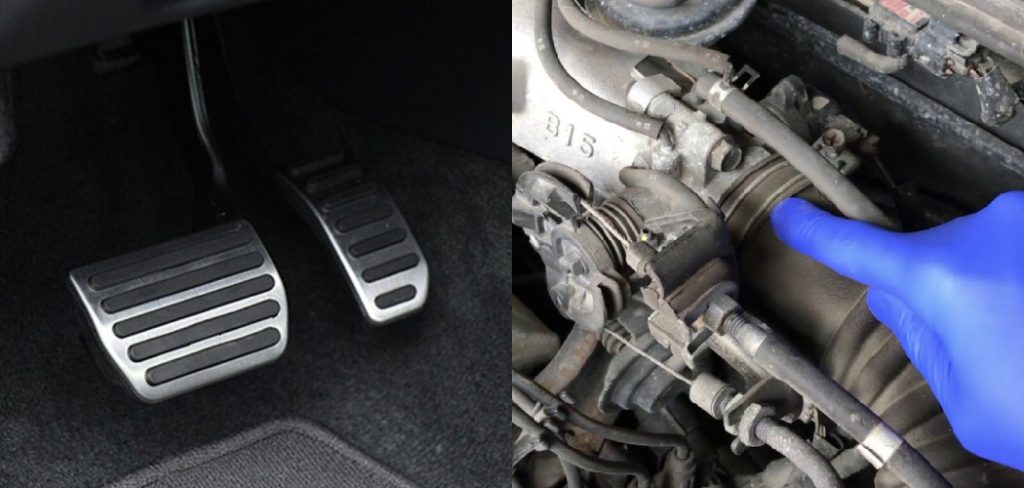
Many drivers need to make some adjustments to get the most comfortable and efficient driving experience. This blog post will discuss how to adjust gas pedal sensitivity and what factors you should consider when making your decision. We’ll also provide some tips on finding the right setting for you. Follow these simple steps, and you’ll be driving just the way you like in no time. So read on to learn more!
Why Do You Need to Adjust Gas Pedal Sensitivity?
There are a few different reasons you might need to adjust the sensitivity of your gas pedal. Maybe you’re finding that your car is lurching forward when you lightly press the pedal, or you’re flooring it and not getting the response you want. In either case, adjusting the sensitivity of your gas pedal can help.
Adjusting pedal sensitivity also becomes more important as you drive in different conditions. For example, you might want a more sensitive pedal in stop-and-go traffic to make small adjustments to your speed, but a less sensitive pedal on the highway so you don’t accidentally hit the gas too hard and fly past your exit.
Factors to Consider When Adjusting Gas Pedal Sensitivity
There are a few different factors that you should consider when adjusting the sensitivity of your gas pedal. Here are a few things to keep in mind:
1. Your Driving Style:
The way you like to drive will play a big role in adjusting your gas pedal. For example, if you like to take things slow and steady, you’ll probably want a less sensitive gas pedal. On the other hand, if you’re the type of driver who likes to zip around, you might want a more sensitive pedal to make quick movements.
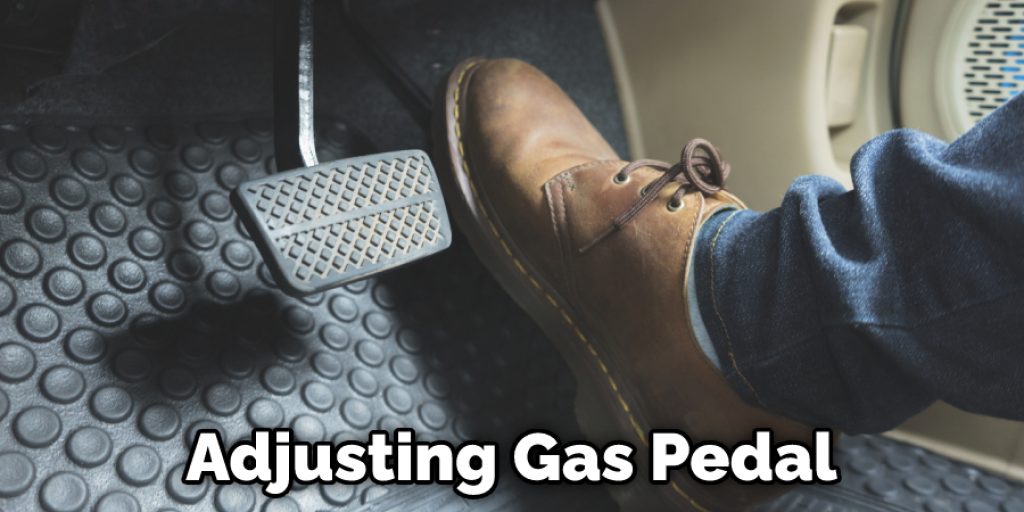
2. The Type of Car You Drive:
The type of car you drive will also impact your decision. If you’re driving a smaller car, you might want a more sensitive gas pedal so you can make quick movements. If you’re driving a larger car or SUV, you might want a less sensitive pedal to avoid accidentally hitting the gas too hard.
3. The Conditions You’ll Be Driving In:
The conditions you’ll be driving in are also important to consider. If you live in an area with a lot of stop-and-go traffic, you might want a more sensitive gas pedal to make small adjustments to your speed. On the other hand, if you’re going to be doing a lot of highway driving, you might want a less sensitive pedal, so you don’t accidentally hit the gas too hard.
4. Your Personal Preferences:
Your personal preferences will play the biggest role in adjusting your gas pedal. If you’re not sure what you want, it’s ok to experiment until you find the right setting. If you’re confused or need some help, you can always ask a friend or family member for their opinion.
12 Effective Methods on How to Adjust Gas Pedal Sensitivity:
1. Use the Adjuster Knob:
The first method is pretty simple. You can use the adjuster knob to change the sensitivity of your gas pedal. This knob is usually located near the gas pedal itself. To use this method, turn the knob to the left or right to increase or decrease the sensitivity of your gas pedal.
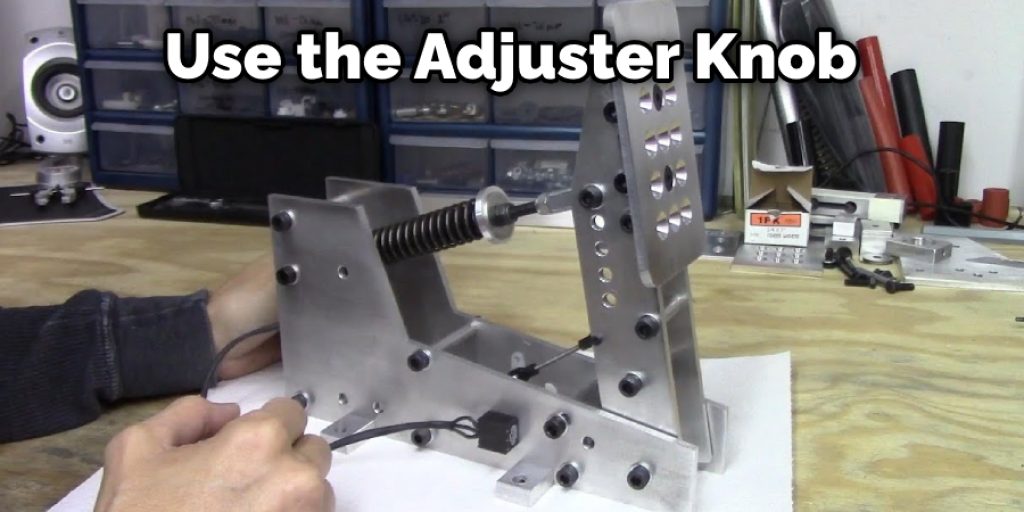
2. Change Your Driving Style:
If you’re constantly overshooting your target speed or braking too hard, then it might be time to change your driving style. One way to do this is to take your foot off the gas pedal sooner than you’re used to. This will help you feel how much pressure you need to apply to maintain a consistent speed.
3. Use the Brake More Often:
If you have trouble judging how much pressure to apply to the gas pedal, one way to compensate is by using the brake more often. This will help you slow down gradually and avoid sudden stops. However, it’s important to note that this method should only be used as a last resort.
4. Reduce Your Speed:
If you’re constantly overshooting your target speed, one way to compensate is by reducing your overall speed. This will help you get a feel for how much pressure you need to apply to the gas pedal to maintain a consistent speed.
5. Take a Driving Course:
If you’re having trouble adjusting the sensitivity of your gas pedal, one way to improve your skills is by taking a driving course. This will allow you to practice in a controlled environment and get feedback from an experienced instructor.
6. Use a Higher Gear:
If you’re constantly overshooting your target speed, one way to compensate is by using a higher gear. This will help you reduce the pressure you need to apply to the gas pedal to maintain a consistent speed.
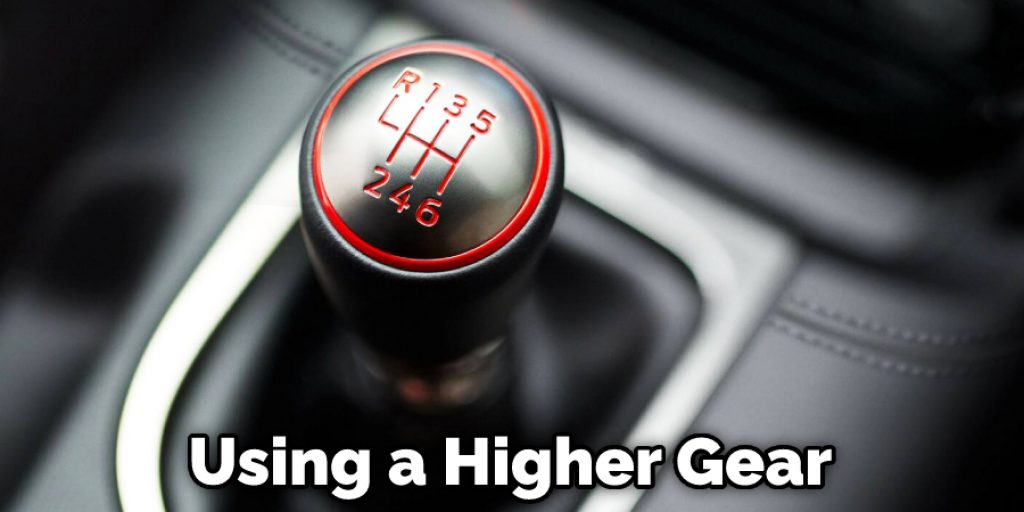
7. Check Your Tires:
If you’re having trouble adjusting the sensitivity of your gas pedal, one possible cause could be your tires. First, make sure that your tires are inflated to the correct pressure. This will help you get better traction, making it easier to control your car. You can also try different tires if you’re still having trouble.
8. Get a Tune-Up:
If your car is still not responding the way you want it to, even after trying all of the above tips, it might be time for a tune-up. This will ensure that all of your car’s systems are working properly and that there aren’t any underlying issues causing your problems.
9. Invest in Better Brakes:
If you’re constantly overshooting your target speed, one way to compensate is by investing in better brakes. Investing in a quality brake system will help you stop more quickly and efficiently. This can be a great way to improve your overall driving experience.
10. Consider an Aftermarket Pedal Kit:
Aftermarket pedal kits give you more control over your gas pedal. These can be a great option if you find that your car’s pedal is too sensitive for your liking. There are a few different aftermarket pedal kits, so do some research to find the one that best suits your needs. But make sure you’ve tried all of the other options first before resorting to this.
11. Use a Different Gas Pedal:
If you’re still having trouble adjusting the sensitivity of your gas pedal, you may need to replace it with a different model. There are a variety of gas pedals on the market that offer different levels of sensitivity, so you should be able to find one that meets your needs. When choosing a gas pedal, be sure to read the reviews to understand how others have found it to perform.
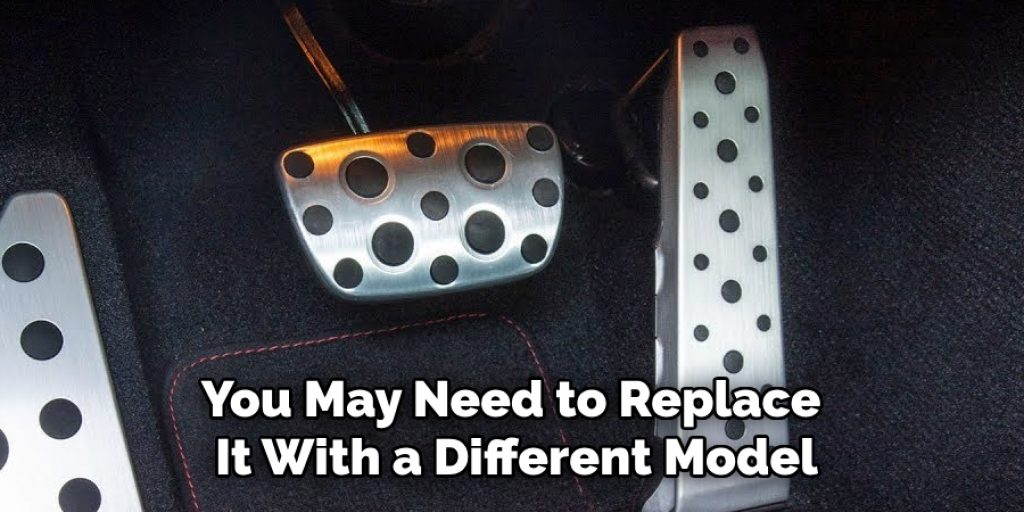
12. Adjust the Tension:
If your gas pedal is too sensitive, you can try adjusting the tension. This can be done by loosening the screws that hold the pedal in place and then moving it closer to or further from the floor. This will give you more or less tension, respectively. But, again, be sure to experiment until you find the perfect position for your needs.
Tips for Adjusting Gas Pedal Sensitivity
Here we have given tips on how to adjust gas pedal sensitivity.
- Most cars have a sensitivity adjustment screw on the gas pedal. This can be used to adjust how sensitive the pedal is.
- If your car doesn’t have a sensitivity adjustment screw, you can try adjusting the tension. This can be done by loosening the screws that hold the pedal in place and then moving it closer to or further from the floor.
- You can also try different tires if you’re still having trouble. Different tires will provide different levels of traction, which can make it easier or harder to control your car.
- When adjusting aftermarket gas pedals, always read the instructions carefully. Aftermarket pedals can be more complicated than factory ones, and you don’t want to damage anything accidentally.
- If your car is still not responding the way you want it to, even after trying all of the above tips, it might be time to consult a professional. A mechanic or dealership should be able to help you troubleshoot the problem and find a solution.
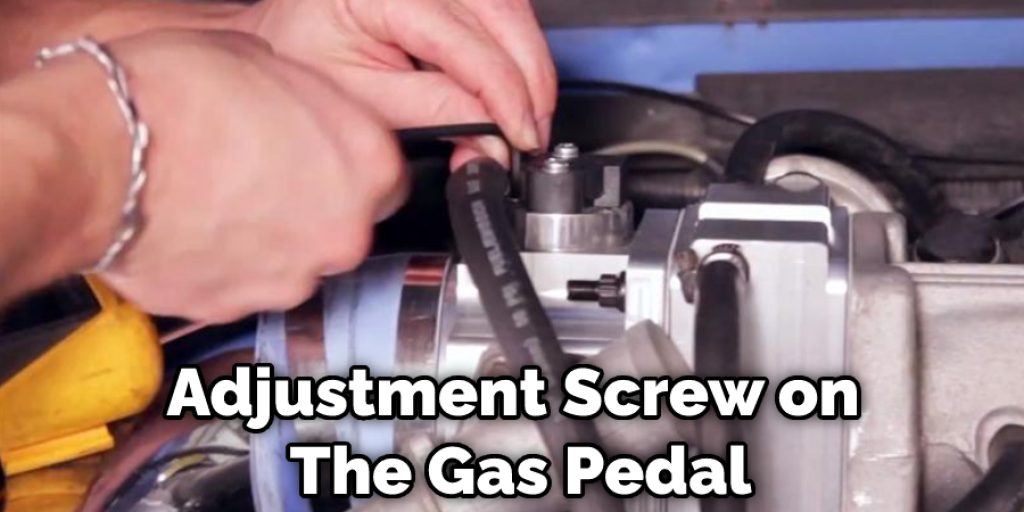
Conclusion
Although this process is relatively simple, it can be time-consuming if you have to do it often. Thankfully, there are ways to adjust the gas pedal sensitivity without going through all of these steps each time. So, if you’re looking for a way to make your car feel more responsive when accelerating, or if you want to find a comfortable setting for you, try out one of the methods we’ve outlined in this article.
If you have followed the steps on how to adjust gas pedal sensitivity, your gas pedal sensitivity should now be properly adjusted. Remember to test out your new settings on various roads and driving conditions so that you can be confident in your car’s performance. Have any questions or feedback? Let us know in the comments below!




